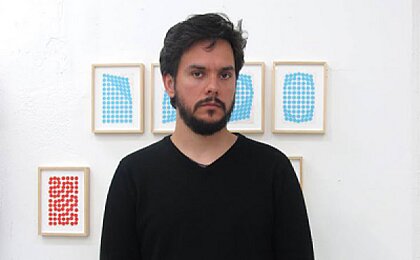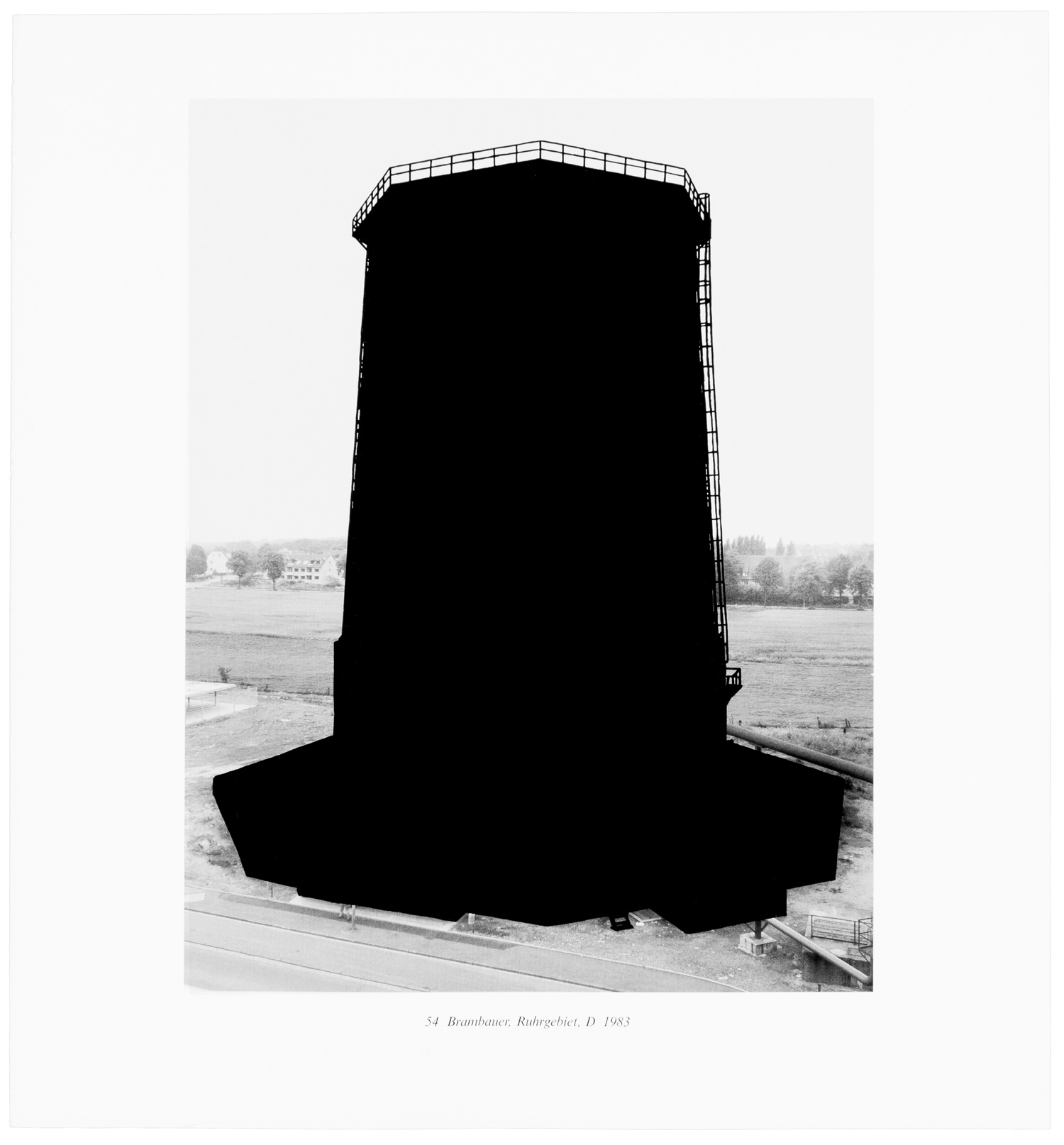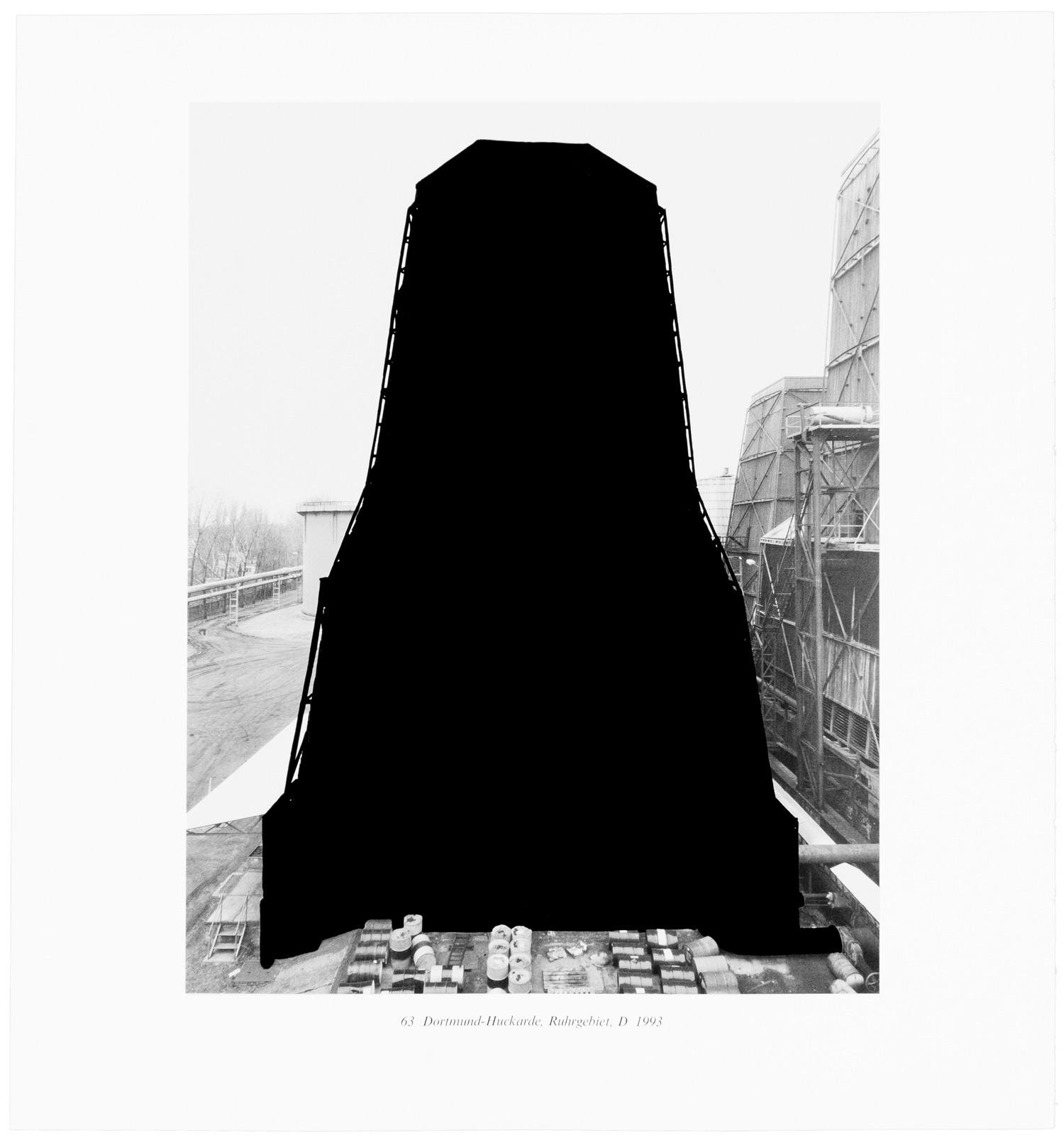Brazil
Marlon de Azambuja


Biography
Né à Porto Alegre en 1978, Marlon de Azambuja est un artiste brésilien basé à Madrid, où il vit et travaille. Formé au Brésil, au Edilson Viriato Center for Contemporary Art à Curitiba, il compte de nombreuses expositions personnelles à son actif, principalement en Espagne et en Amérique latine : Galería Max Estrella à Madrid (2014) ; CAAM (Atlantic Center of Modern Art) à Las Palmas de Gran Canaria (2011) ; Casal Solleric à Palma de Mallorca (2010) ; Matadero à Madrid (2009).
Il a participé à plusieurs biennales (La Havane, 2012 ; Cuenca, Ecuator, 2011 ; Porto Alegre, Brésil, 2011 ; Le Caire, 2010) et son travail fait partie d’importantes collections dont celle du Musée d’art contemporain de Paraná, du Musée Oscar Niemeyer à Curitiba, du Itau Cultural Sao Paulo, du Centro Atlántico de Arte Moderno, Canarias, ou de la Fondation Nomas à Rome.

About the artworks
Marlon de Azambuja s’intéresse à l’architecture. Quand bien même ses travaux prennent la forme de photographies, de dessins ou d’installations, de sculptures, de performances ou de collages, il en ressort toujours un commentaire sur le bâti. Dans l’idée de comprendre nos villes, il invente de nouvelles manières d’observer notre environnement direct, parfois avec humour ou poésie, mais souvent selon un protocole bien établi. C’est par exemple avec les éléments de base du monde de la construction – brique, étau – qu’il construit une ville brutaliste sous forme d’installation, c’est en s’appuyant sur le design industriel de nos villes qu’il crée des sculptures éphémères dans le domaine public avec du papier adhésif, annihilant la fonction des bancs, des abris-bus ou des lampadaires. À d’autres occasions, le scotch lui permet de révéler les lignes qui se dessinent au sol. Compilées sous forme de série, les photographies documentant ses interventions urbaines ressemblent à des équations géométriques régissant l’idée d’un possible ordre urbain, à moins que ce ne soit le contraire.
Dans Cooling Waters, l’artiste s’appuie sur l’histoire de l’art et de l’architecture du XXe siècle en noircissant les sujets des célèbres photographies des artistes Bernd et Hilla Becher. Depuis les années 1950, ces derniers ont répertorié les constructions industrielles condamnées à disparaître, tels que les châteaux d’eau, les usines ou les silos à grains. Toujours photographiés avec la même lumière, le même cadrage et la même technique de façon à créer des typologies de ces constructions qui mettent en valeur à la fois leurs points communs et leurs différences. Azambuja rehausse leur silhouette en les noircissant et insiste métaphoriquement sur la prophétie énoncée de leur disparition.
The artworks
03
Cooling Towers, 2016
Feutre noir sur pages de livres
9 pièces, chacune 28.8 x 22.7 cm
Cooling Towers, 2016
Feutre noir sur pages de livres
9 pièces, chacune 28.8 x 22.7 cm

Cooling Towers, 2016
Feutre noir sur pages de livres
9 pièces, chacune 28.8 x 22.7 cm
Cooling Towers, 2016
Feutre noir sur pages de livres
9 pièces, chacune 28.8 x 22.7 cm

Cooling Towers, 2016
Feutre noir sur pages de livres
9 pièces, chacune 28.8 x 22.7 cm
Cooling Towers, 2016
Feutre noir sur pages de livres
9 pièces, chacune 28.8 x 22.7 cm